The American Psychiatric Association (APA) is the main professional organization of psychiatrists and trainee psychiatrists in the United States, and the largest psychiatric organization in the world. It has more than 38,000 members who are involved in psychiatric practice, research, and academia representing a diverse population of patients in more than 100 countries. The association publishes various journals and pamphlets, as well as the Diagnostic and Statistical Manual of Mental Disorders (DSM). The DSM codifies psychiatric conditions and is used mostly in the United States as a guide for diagnosing mental disorders.

A pharmacist, also known as a chemist in Commonwealth English, is a healthcare professional who specializes in the preparation, dispensing, and management of medications. A pharmacist provides pharmaceutical advice and guidance, often serving as a primary care provider in the community, and offering other services, such as health screenings and immunizations.
Osteopathic medicine is a branch of the medical profession in the United States that promotes the practice of science-based medicine, often referred to in this context as allopathic medicine, with a set of philosophy and principles set by its earlier form, osteopathy. Osteopathic physicians (DOs) are graduates of American osteopathic medical colleges and are licensed to practice the full scope of medicine and surgery in all 50 US states. The field is distinct from osteopathic practices offered in nations outside of the U.S., whose practitioners are generally not considered part of core medical staff nor of medicine itself, but rather are alternative medicine practitioners. The other major branch of medicine in the United States is referred to by practitioners of osteopathic medicine as allopathic medicine.
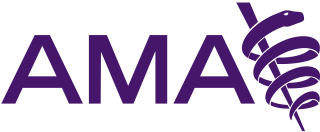
The American Medical Association (AMA) is an American professional association and lobbying group of physicians and medical students. Founded in 1847, it is headquartered in Chicago, Illinois. Membership was 271,660 in 2022.

Pharmacy is the science and practice of discovering, producing, preparing, dispensing, reviewing and monitoring medications, aiming to ensure the safe, effective, and affordable use of medicines. It is a miscellaneous science as it links health sciences with pharmaceutical sciences and natural sciences. The professional practice is becoming more clinically oriented as most of the drugs are now manufactured by pharmaceutical industries. Based on the setting, pharmacy practice is either classified as community or institutional pharmacy. Providing direct patient care in the community of institutional pharmacies is considered clinical pharmacy.
A Doctor of Pharmacy is a professional doctorate degree. In some countries, it is a proficient graduate degree to practice the profession of pharmacy or to become a clinical pharmacist. In many countries, people with their Doctor of Pharmacy are allowed to practice independently and can prescribe over-the-counter drugs directly to patients that doesn't require prescription in other countries. A PharmD program has significant experiential and/or clinical education components in introductory and advanced levels for the safe and effective use of drugs. Experiential education prepares graduates to be practice-ready, as they already have spent a significant amount of time training in areas of direct patient care and research.
The Canadian Medical Association is a national, voluntary association of physicians and medical learners that advocates on national health matters. Its primary mandate is to drive positive change in health care by advocating on key health issues facing doctors and their patients.
Pharmaceutical marketing is a branch of marketing science and practice focused on the communication, differential positioning and commercialization of pharmaceutical products, like specialist drugs, biotech drugs and over-the-counter drugs. By extension, this definition is sometimes also used for marketing practices applied to nutraceuticals and medical devices.

The University of Tennessee Health Science Center (UTHSC) is a public medical school in Memphis, Tennessee. It includes the Colleges of Health Professions, Dentistry, Graduate Health Sciences, Medicine, Nursing, and Pharmacy. Since 1911, the University of Tennessee Health Science Center has educated nearly 57,000 health care professionals. As of 2010, U.S. News & World Report ranked the College of Pharmacy 17th among American pharmacy schools.

The American Osteopathic Association (AOA) is the representative member organization for the more than 176,000 osteopathic medical doctors (D.O.s) and osteopathic medical students in the United States. The AOA is headquartered in Chicago, Illinois, and is involved in post-graduate training for osteopathic physicians. Beginning in 2015, it began accrediting post-graduate education as a committee within the Accreditation Council for Graduate Medical Education, creating a unified accreditation system for all DOs and MDs in the United States. The organization promotes public health, encourages academic scientific research, serves as the primary certifying body for D.O.s overseeing 18 certifying boards, and is the accrediting agency for osteopathic medical schools through its Commission on Osteopathic College Accreditation. As of October 2015, the AOA no longer owns the Healthcare Facilities Accreditation Program (HFAP), which accredited hospitals and other health care facilities.

Eastern Virginia Medical School (EVMS) is a public medical school in Norfolk, Virginia. Founded by grassroots efforts in the Southeastern part of Virginia known as Hampton Roads, EVMS has historically not been affiliated with an undergraduate institution and therefore coordinates training through multiple medical centers in the Hampton Roads region. However, the school is the process of merging with nearby Old Dominion University to create a comprehensive university with EVMS being the medical school component of the larger university. This merger is to be completed by July 1, 2024.
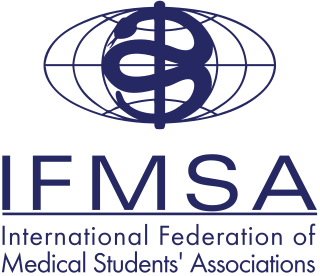
The International Federation of Medical Students' Associations (IFMSA) is a non-governmental organization representing associations of medical students. It was founded in May 1951 and currently maintains 139 member organizations from 130 countries around.
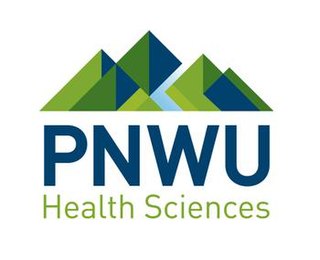
Pacific Northwest University of Health Sciences (PNWU) is a private osteopathic medical and health professional school in Yakima, Washington. The university focuses on educating health care professionals to serve "rural and medically underserved communities throughout the Northwest". Founded in 2005, the university's inaugural program was the first new medical school to open in the Pacific Northwest in sixty years. PNWU grants the Doctor of Osteopathic Medicine (D.O.) degree and graduated its first class of physicians in May 2012. Since then, PNWU has continued to expand and now includes the School of Physical Therapy (SOPT), School of Occupational Therapy (SOT), and a School of Dental Medicine (SDM).

The International Pharmaceutical Students' Federation (IPSF) is a non-governmental, non-political and non-religious organisation that represents pharmaceutical students, pharmacy students and recent graduates from all over the world. It was founded in 1949 and it is the oldest faculty-based student organisation. IPSF represents over 500,000 individuals in more than 100 countries with 127 different representative pharmacy student member organisations.
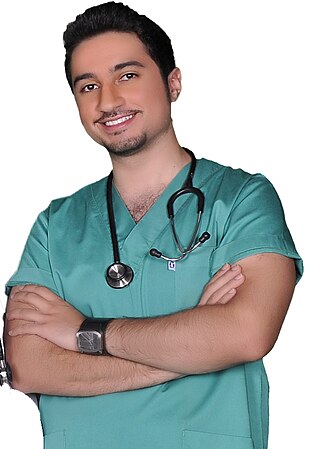
Mohamed Ali Al-Shaaban, born in Manama on November 5, 1986, is a Bahraini Radio and Television personality and a surgical resident at the Ministry of Health in the Kingdom of Bahrain. He has already received an MD degree from the Arabian Gulf University in Bahrain in 2009, was granted a BSc in Medical Research from the University of Manitoba in Canada in 2006 for his research, and has been listed as one of the top 20 leading youth in Bahrain in 2007.
The Federation of Medical Students in Taiwan, as the representative of all the medical students in Taiwan, consists of 12 medical colleges, including 16 departments of medicine, post-baccalaureate medicine, Chinese medicine, post-baccalaureate Chinese medicine. and one observer member. FMSTW also works as a formal member in both International Federation of Medical Students' Associations (IFMSA) and Asian Medical Students' Association (AMSA), representing medical students from Taiwan in all forms of international organisations and campaigns.
The Swiss Medical Students’ Association (swimsa) is an independent association representing all medical students in Switzerland. It was founded in 1917, and currently maintains 30 member organisations, comprising 10 local medical students' associations and 20 public health and awareness organisations or projects. All medical students in Basel, Bern, Fribourg, Geneva, Lausanne, Lucerne, Lugano, St. Gallen, and Zürich are represented by swimsa on a national and international level.
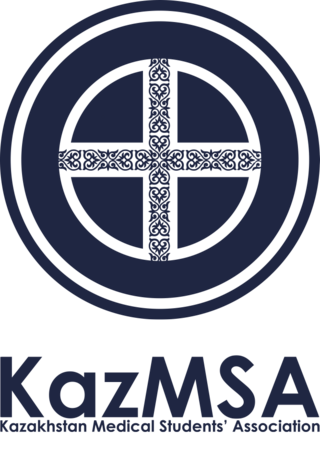
Kazakhstan Medical Students' Association, founded in 2014, is a medical student organization with members from nine medical educational institutions across the country. KazMSA, is a full member of the International Federation of Medical Students' Associations. There are nine medical educational institutions in Kazakhstan:
- Astana Medical University;
- Karaganda State Medical University;
- Kazakh National Medical University, named after SD Asfendiyarov;
- State Medical University of Semey;
- West Kazakhstan State Medical University, named after M. Ospanov;
- South Kazakhstan Medical Academy;
- Kazakhstan-Russian Medical University;
- Ahmet Yesevi University.

Malta has a long history of providing publicly funded health care. The first hospital recorded in the country was already functioning by 1372. Today, Malta has both a public healthcare system, known as the government healthcare service, where healthcare is free at the point of delivery, and a private healthcare system. Malta has a strong general practitioner-delivered primary care base and the public hospitals provide secondary and tertiary care. The Maltese Ministry of Health advises foreign residents to take out private medical insurance.
The Nigerian Medical Students' Association (NiMSA) is the official umbrella organization of all medical students studying in recognized medical schools in Nigeria, irrespective of their nationalities. It is the official student arm of the Nigerian Medical Association (NMA).















